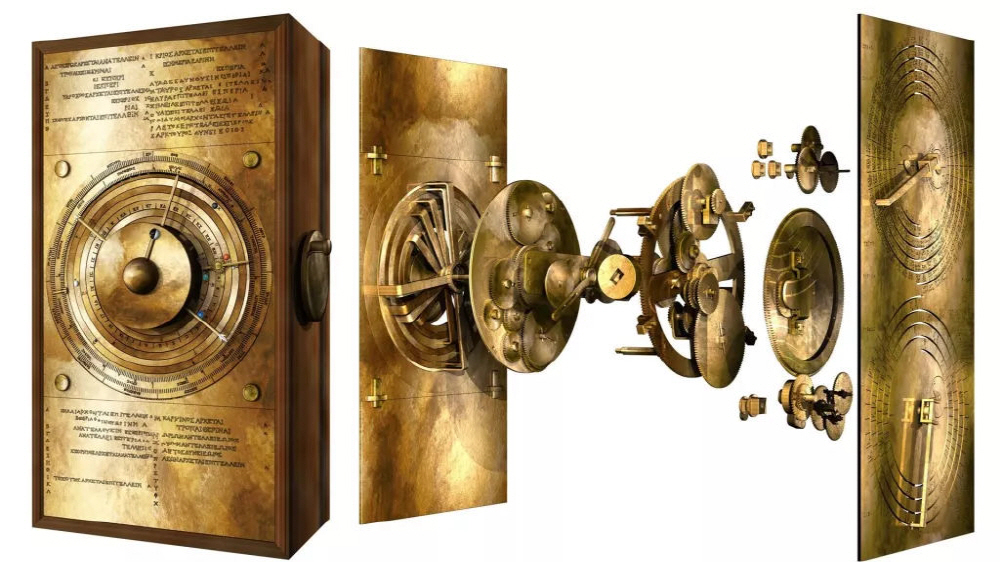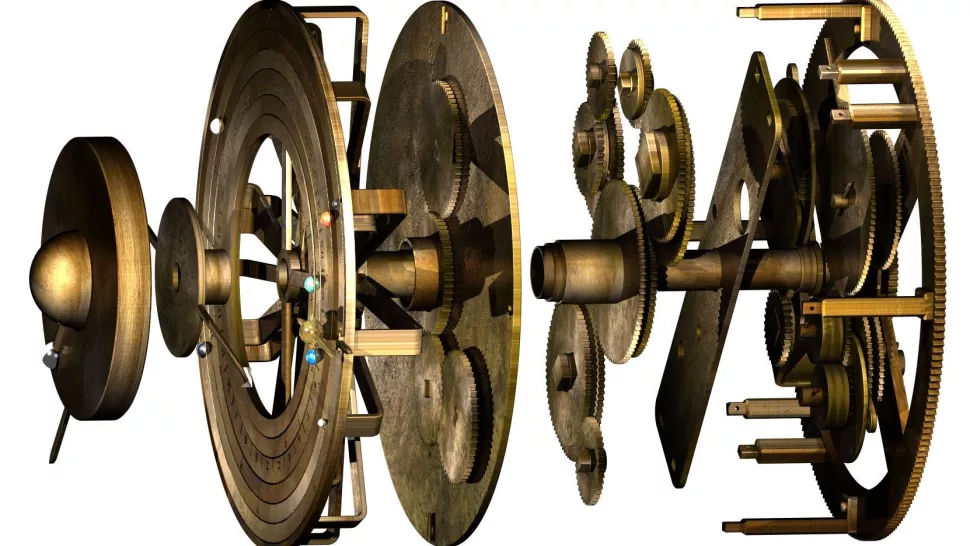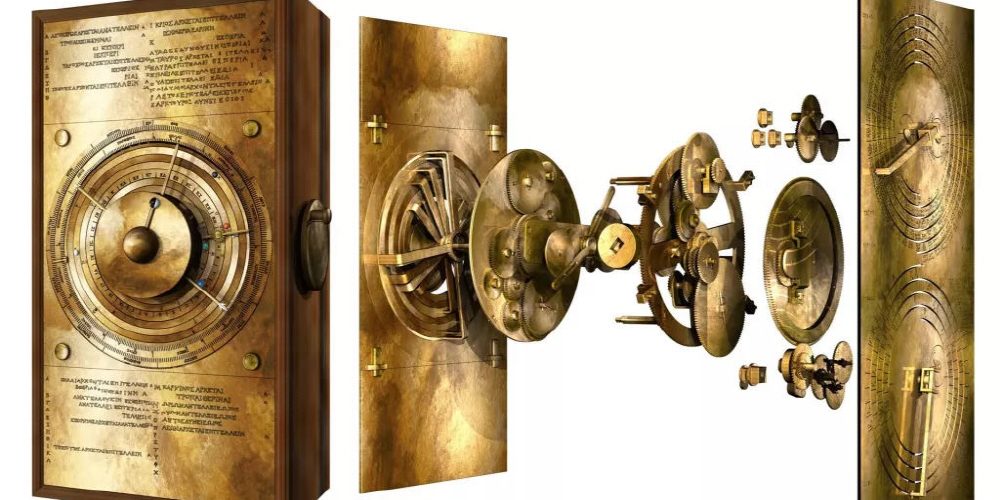
A CG model was created that restored the Antikythera Mechanism, which is a machine made before BC, which is called the world’s oldest analog calculator.
The antiquita mechanism, called the world’s oldest analog computer, is a geared machine known to have been built from the 3rd century B.C. to the mid-1st century B.C. The antiquita mechanism was discovered in 1900 by Greek archaeologist Elias Stadiatis on a shipwreck discovered in the sea. The discovery is a shoebox-sized fragment, but it is made up of several gears and is believed to be a device for predicting celestial movement.
It is estimated that the antikythera mechanism found in the shipwreck is a component that makes up about a third of the total. Although studies and discussions on the anti-cythera mechanism have been conducted for a long time, the recovered fragments are tattered and corroded, and have a mechanism that is accurate enough to suspect that they were made before BC, so the structure could not be completely reproduced.
However, it is said that the University College London research team succeeded in reproducing the entire structure of the anti-kythera mechanism in the calculation formula adopted for the anti-kythera mechanism. A paper on restoring the antiquita mechanism was published in Scientific Reports, an open access journal. The research team said that the anti-kythera mechanism was clearly transformed into a genius device with a beautiful conception, and said that it would overturn the preconceived notion of the ancient Greeks’ technological prowess.
Looking at the exploded view of the antikythera mechanism released by the research team, it can be seen that it is an elaborate structure using several gears. Until now, no restoration model has been created that is consistent with the information revealed about the anti-cythera mechanism. The research team explains that, given the complexity of the anti-kythera mechanism, the relationship between parts can be considered infinite, and thus the anti-kythera mechanism is a fundamentally different object from what has been discovered so far.

Gears existed even in ancient Greek times, but most of them were huge used in weapons such as baristas. However, the antikythera mechanism is compact enough to draw the gears and lines found so far. Regarding the anti-cythera mechanism structure restoration activity, what would the ship where the anti-kythera mechanism fragment was found was doing, and if only one-third of the total was found, where are the remaining two-thirds, why is it corroded? The question may arise whether a machine called Kiteramechanism will actually function. Answering these questions requires knowledge in the field of archaeology. It’s like examining how Stonehenge was made, for example. This study emphasizes that it is a restoration model created in such an effort by saying that it is actually like dragging a huge rock on the Salisbury Plain with a rope.
The research team restored a structure consisting of multiple gears only 1 inch into a CG model using texts on the structure and a mathematical model on planetary motion proposed by the ancient Greek philosopher Parmenides, referring to past studies on antiquita mechanism, etc. did.
Each gear is designed to indicate the timing of solar and lunar eclipses as the planet, the sun, and the moon move across ancient constellations. Naturally, the theory of celestial motion was the mainstream at the time, so it was designed to move celestial bodies rather than the earth accordingly.
Also, there is no evidence that the ancient Greeks could make the same thing, but they say that the existence of antikythera mechanisms is truly enigmatic, and even if a restoration model is made, the existence of anticythera mechanisms is encased in a mystery. In addition, many studies point to Archimedes, an ancient Greek scientist, as to the question of who made the antiquita mechanism for whom. Archimedes was a character who lived in the same era as the antiquita mechanism was created. Related information can be found here.


















Add comment